Expanding into the third pillar of its Chronomètre collection, Ferdinand Berthoud introduces the all-new Chronomètre FB 3SPC. The new design follows up on the original FB1 and FB2 collections, both of which descend from Ferdinand Berthoud himself and his legacy of marine chronometers in the 18th century. The new FB3 continues this history of excellence from the watchmaker, with the timepiece distinguishing itself via its own strong influences from the style of Berthoud’s nephew and successor, Louis, and importantly introducing a cylindrical balance spring to its new COSC-certified chronometer movement— marking the first watch on the market to do so.
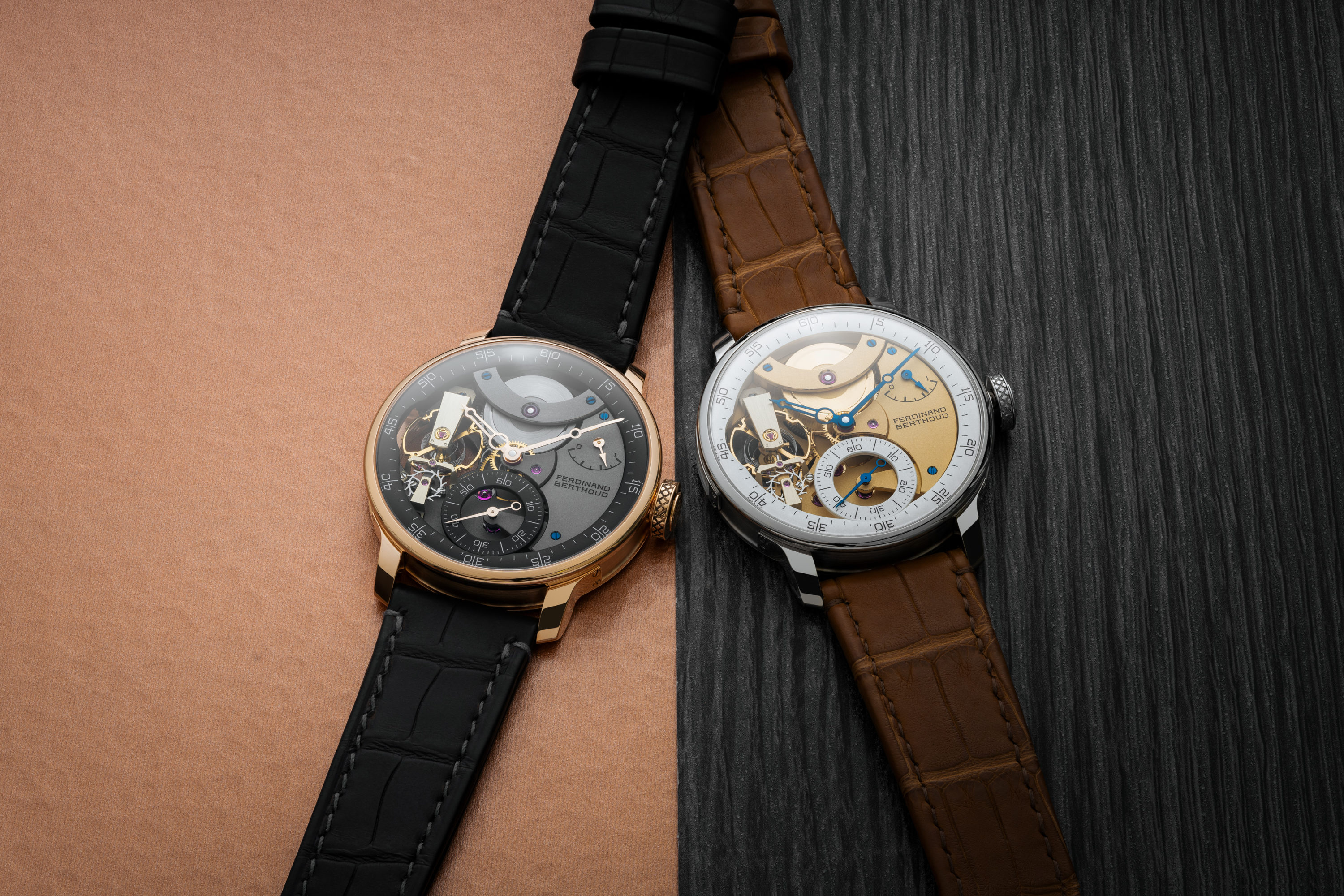
Under Louis Berthoud’ historical direction, the creations from the family workshop in Paris assumed elements of his own personal style, where function decided form and not the other way around. In this regard, the modern Chronomètre FB 3SPC takes an intentional approach to the key mechanical elements, as mentioned utilizing a cylindrical balance spring, but further a novel movement construction and corresponding case and dial design. Altogether, the FB3 represents a serious rarity and watchmaking specialty, marking the distinguished allure of the impressive, chronometer-rated timepiece.
The new Ferdinand Berthoud release consists of two elegant variations, the first with an 18-carat white gold exterior and the second with an 18-carat 5N rose gold case. With a case diameter of 42.3mm and a thickness of 9.43mm, the watch is similar-wearing to its predecessors in the catalog of Chronomètre watches, though with an updated case silhouette. The design is inclusive of an eye-catching knurled crown signature of the maker, as well as pair of screwed lugs that add to the models mechanical aestheticism. On the reverse, a glare-proofed, exhibition caseback is fitted by the respective case material and further accentuates the model’s mechanical charm.

The true aesthetic reflection of Louis Berthoud’s influence is the dial, which openly exposes the mechanics of the watch via an uncommon skeletonized configuration. At the 9 o’clock position, the three main escapement organs— the balance wheel, pallet lever, and escape wheel— are revealed through an open-worked portion of the dial. Designed to be admired, the escapement components alternate between chamfered and polished bevels and matte surfaces created by fine sandblasting.
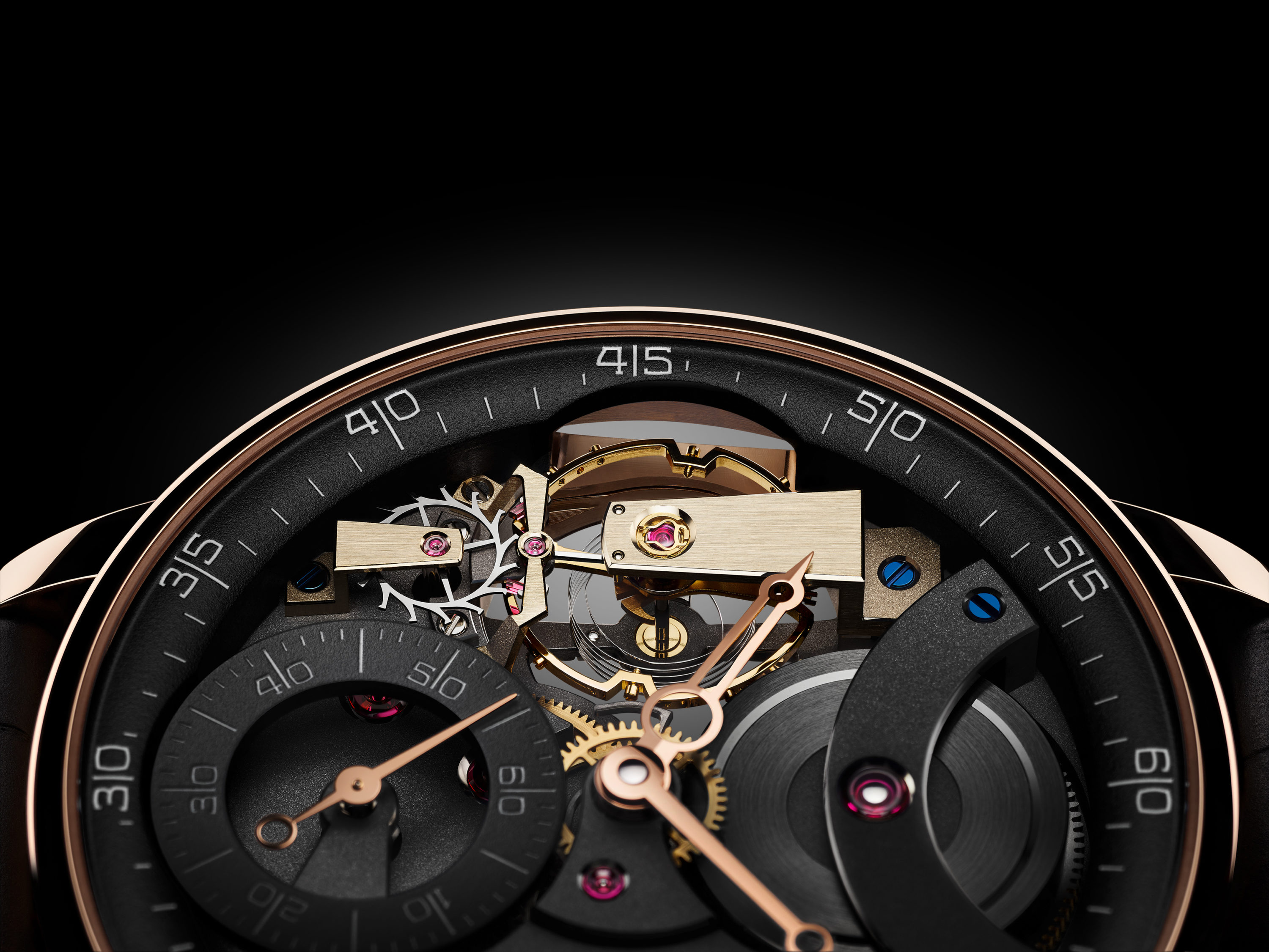

The actual time indication on the dial is scaled down to the functional minimum with just a peripheral inner bezel ring for the hours and minutes and a small seconds subdial at 6 o’clock. The white gold version is complete with an eggshell-colored peripheral inner bezel ring and subdial, both made of sandblasted silver-toned brass. While the 5N rose gold edition takes a darker approach to the design with a black-varnished peripheral inner bezel ring and seconds subdial, these also made of sandblasted brass. A pair of faceted, skeletonized and open-tipped hands sweep over the aesthetic for the hours and minutes, their styles inspired by a 1785 Ferdinand Berthoud astronomical regulator belonging to the Chronométrie Ferdinand Berthoud heritage collection in Fleurier.
As mentioned, inside the new timepiece is the Ferdinand Berthoud calibre FB-SPC, the mechanism featuring a cylindrical balance spring with “hand-crafted Berthoud terminal curves.” The manually-wound movement is derived from three years of research and development in order to perfect its fine details, with the chronometer grade movement featuring a power reserve of 72 hours and being hand-finished to the highest watchmaking standards. In the rose gold edition, a black-rhodium treatment on the movement highlights its incredible style, while in the white gold model, sandblasted and 2N gilded components make up its visual elements.
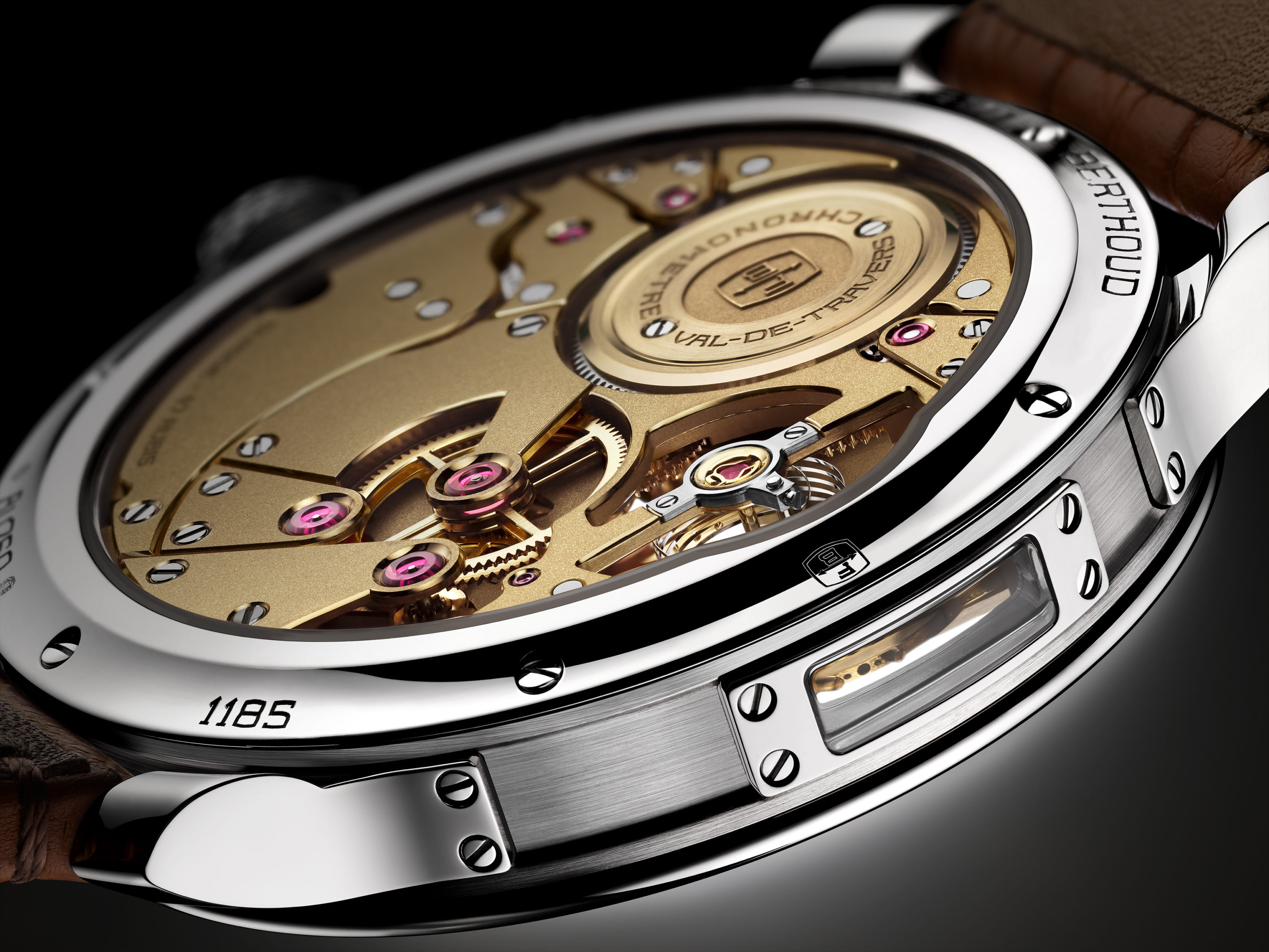
The Ferdinand Berthoud Chronomètre FB 3SPC is available in 18-carat white gold (ref. FB 3SPC.1) and 18-carat 5N rose gold (ref. FB 3SPC.2), with production limited to 25 total piece per year. Pricing is available upon request.
To learn more, visit Ferdinand Berthoud, here.

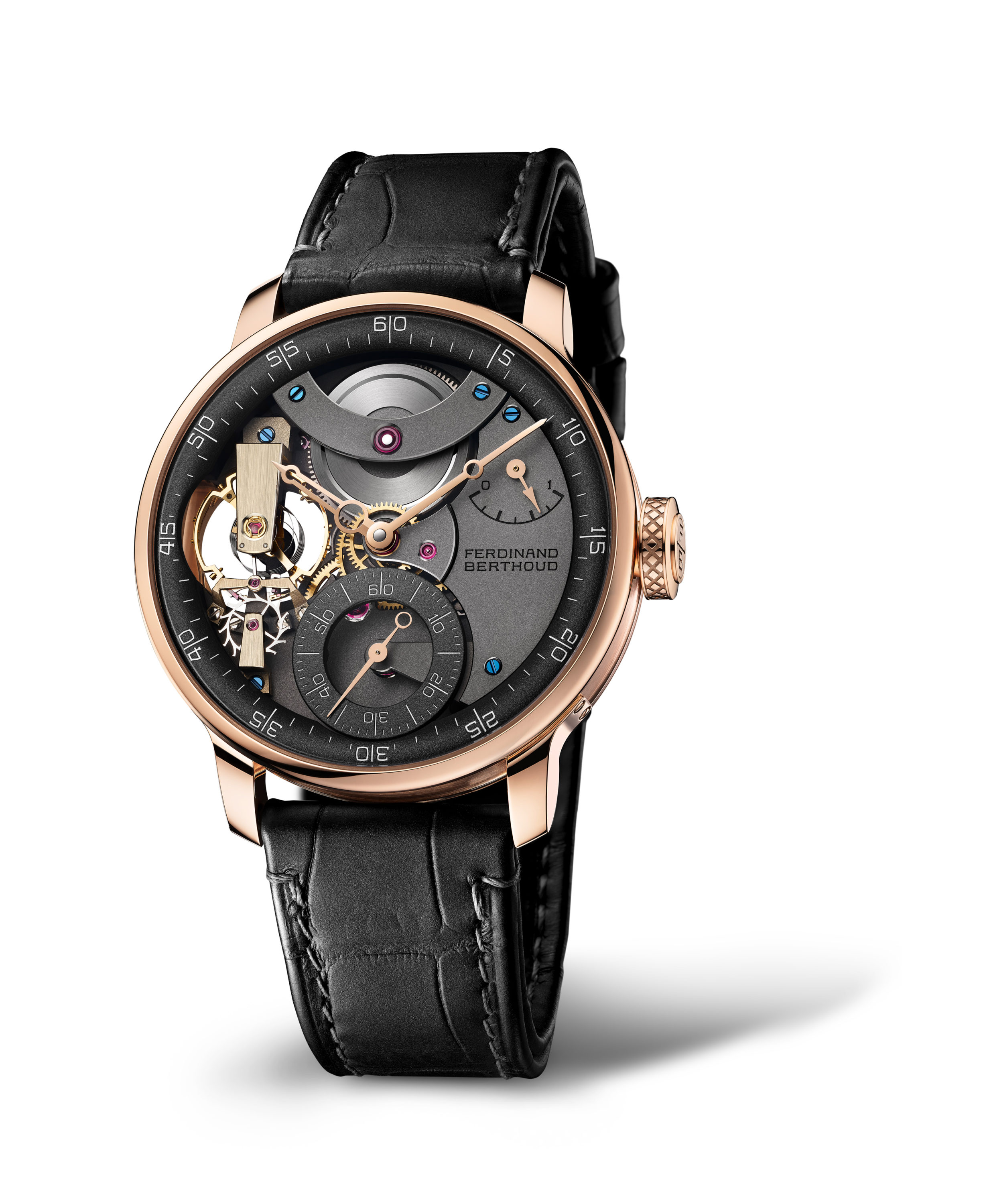
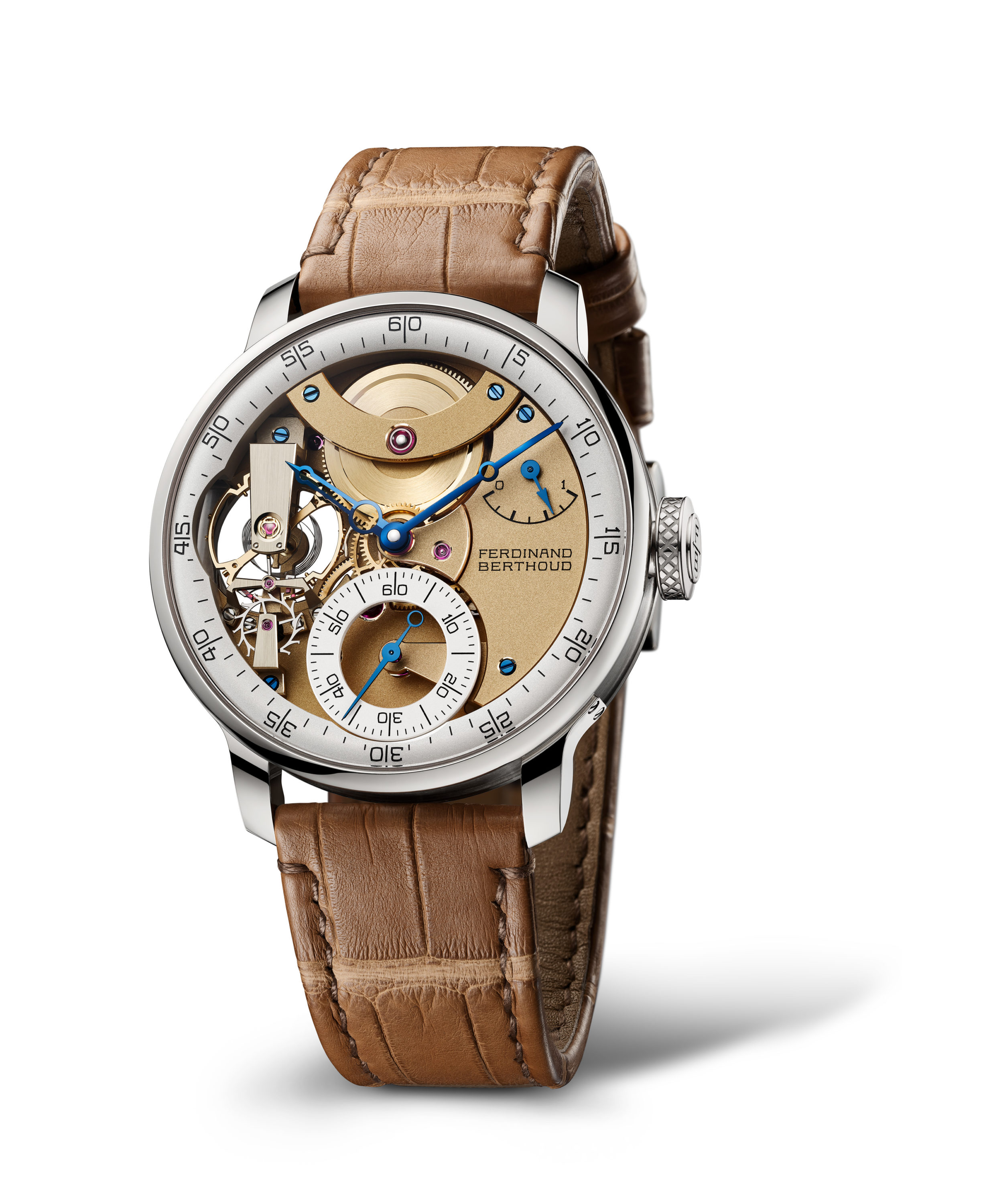
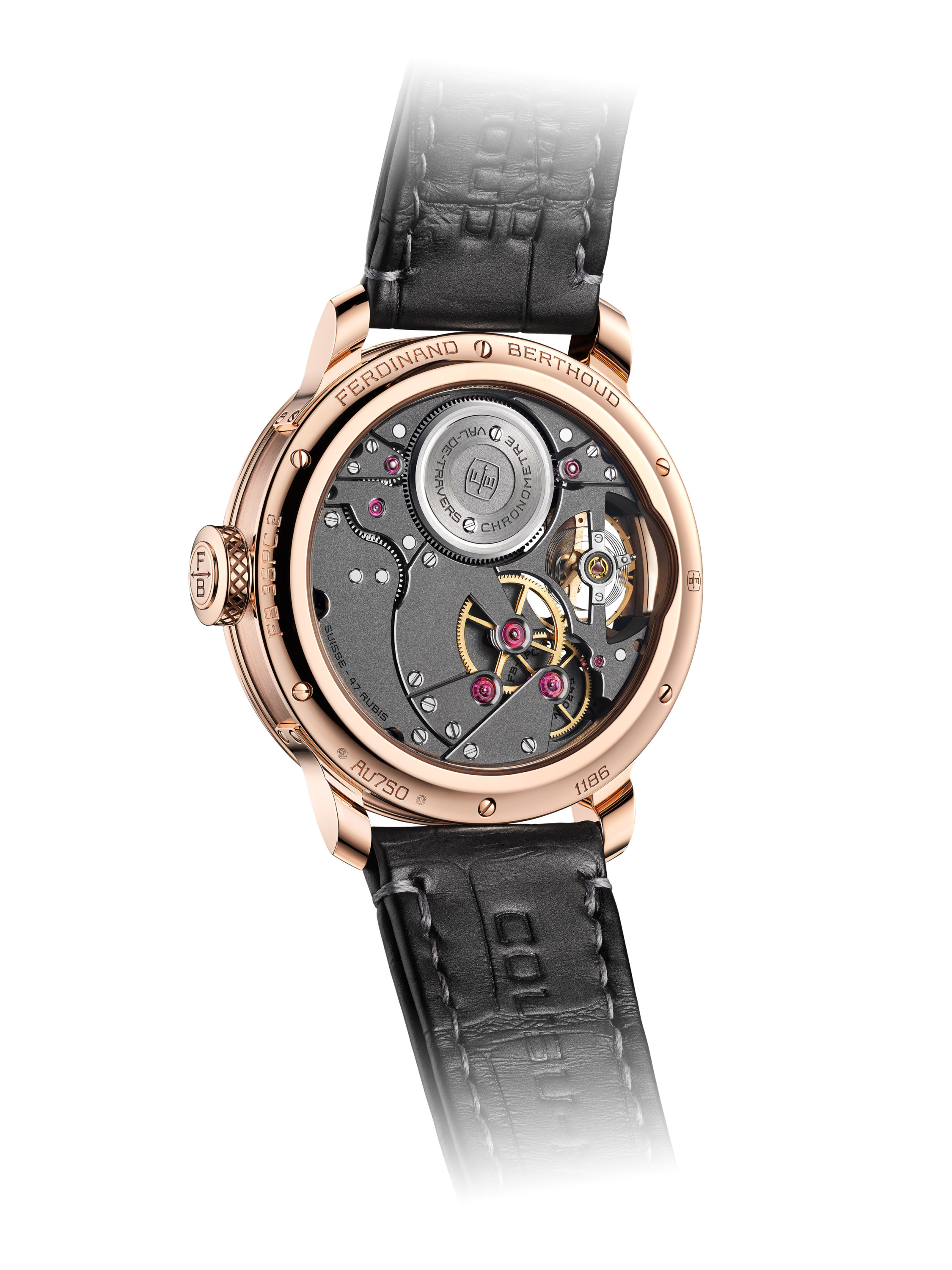
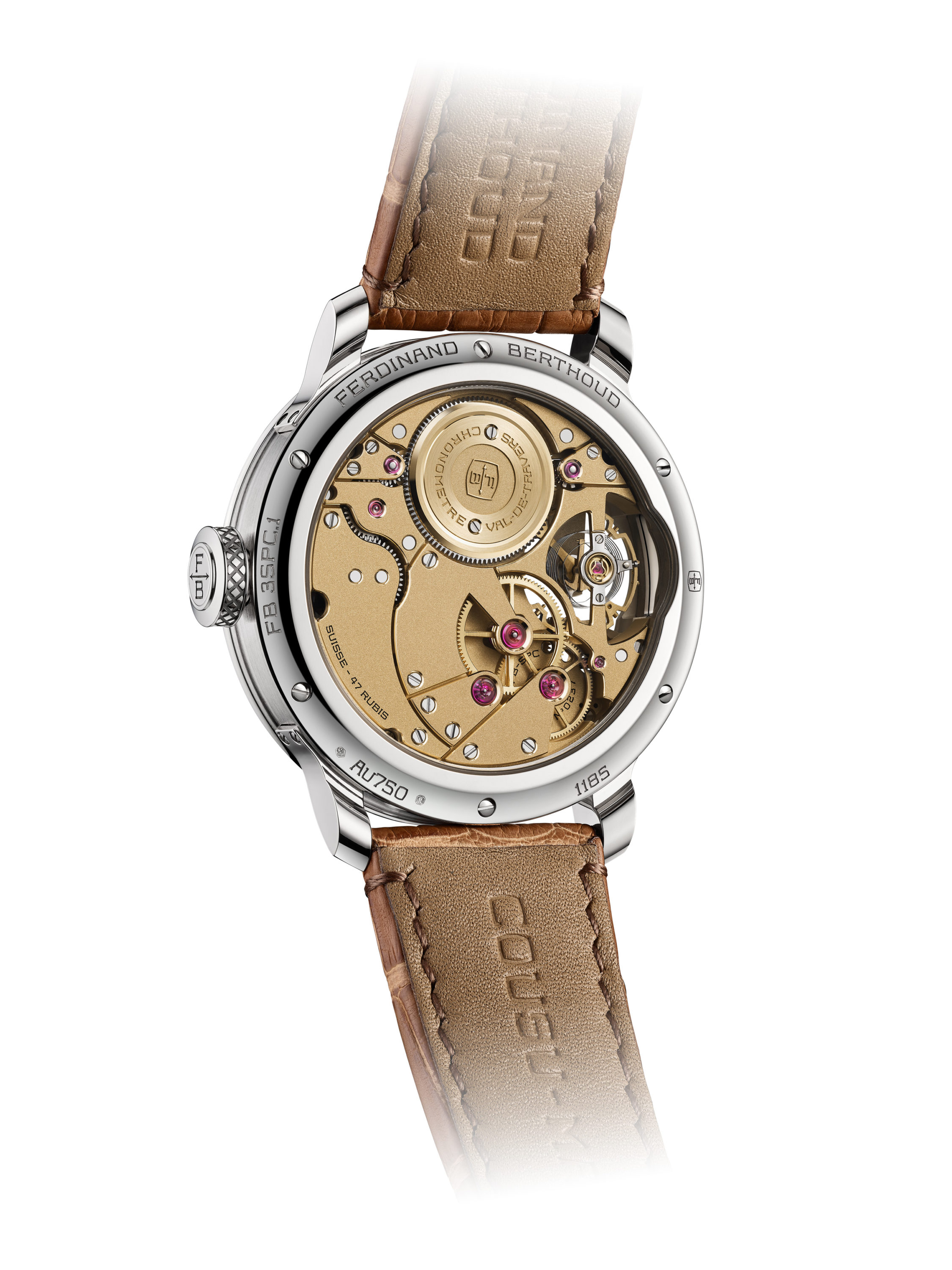




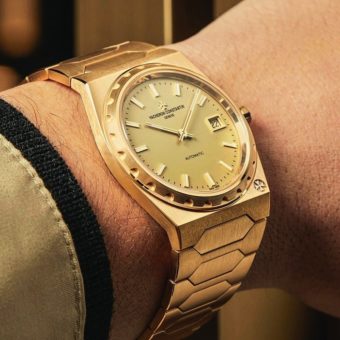

Nice watch.dont know much about the brand